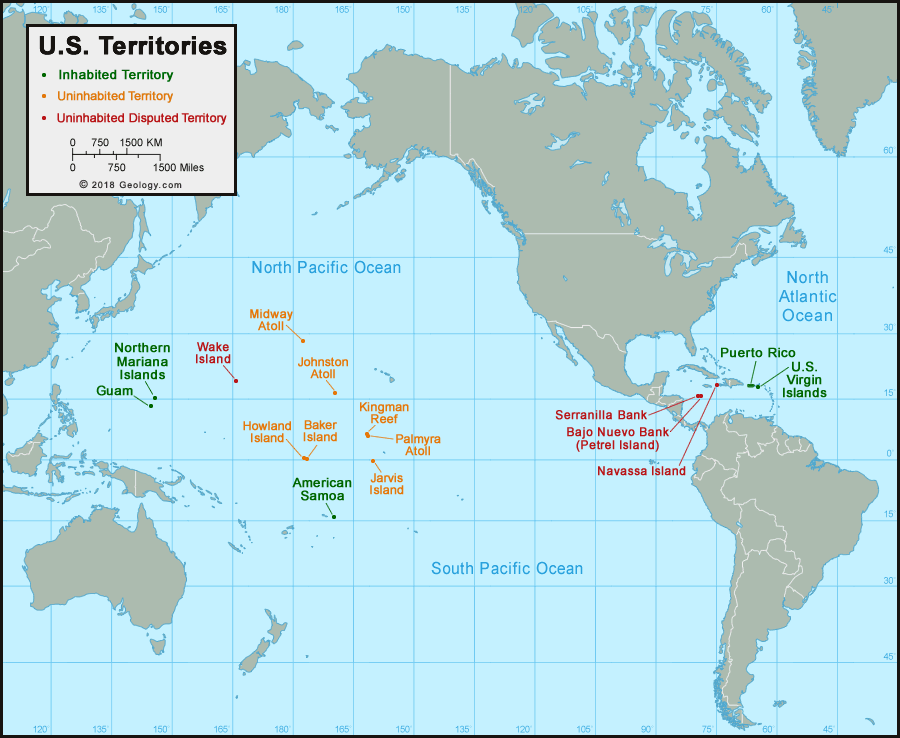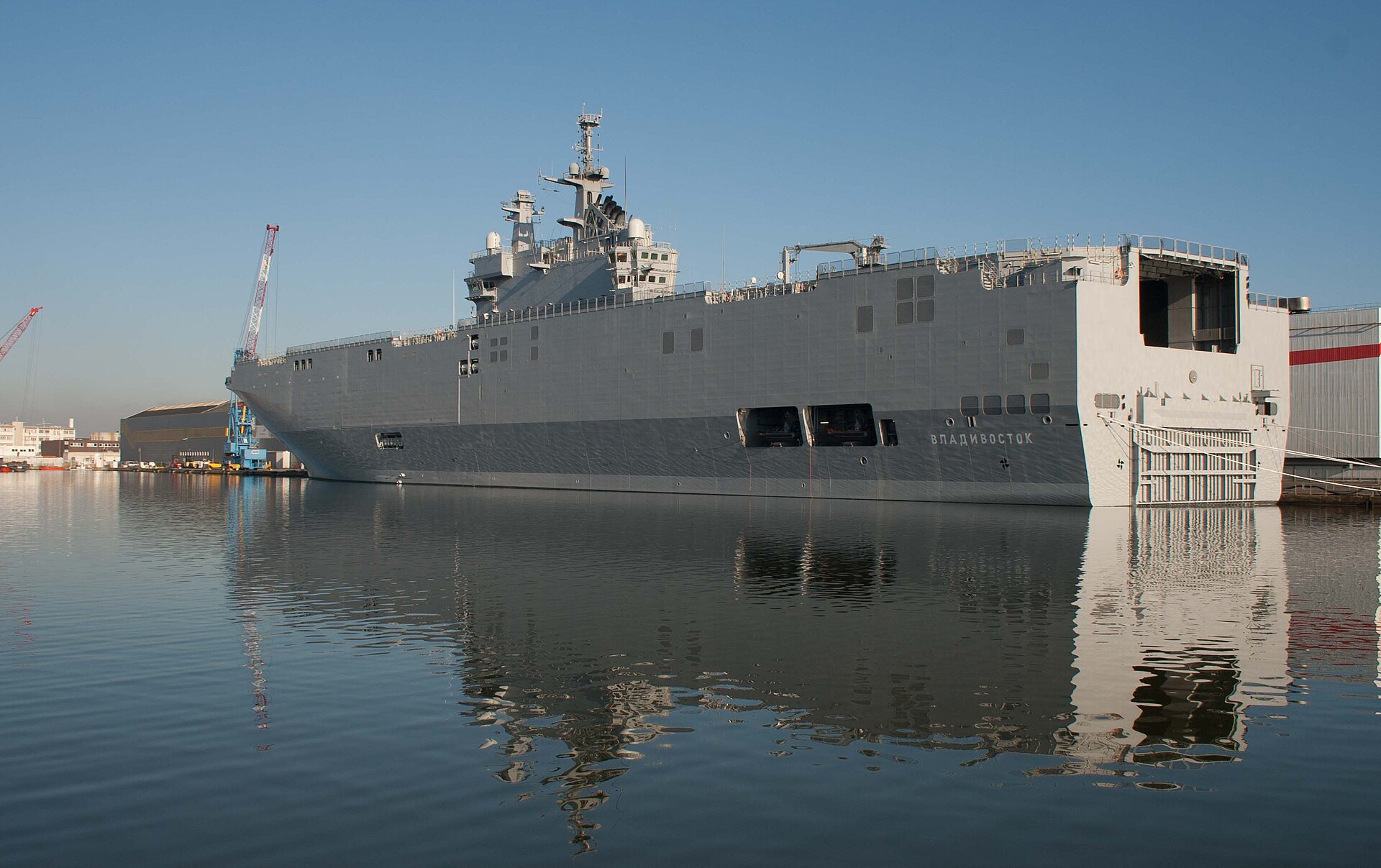Another treaty – this time, the Intermediate Nuclear Forces (INF) – slain by John Bolton, the unilateralest man alive. It will come as no shock that I find this move misguided, executed in bad faith, and sure to have counterproductive second- and third-order effects. Bolton’s single-minded hostility to the very notion of arms control should be cause for skepticism. It is on his watch that multiple cornerstones of the late Cold War arms control regime have been dismantled.
INF withdrawal, in particular, should be condemned on two main grounds: those of principle and those of logic. U.S. intent to leave the treaty fails on both counts.
Moral/Principle
Arms control is itself almost always a net good. It brings together party-states in dialogue and discussion (itself a confidence-building measure), and when accompanied by measures like on-site inspections and periodic review committee meetings, ensures the basis for continuing conversation and face-to-face meetings. Treaties represent the culmination of a decade or more of negotiations and hard-fought compromises and should never be dismissed lightly; e.g., for anything less than a grave and imminent threat to national security. The SSC-8 decidedly does not rise to this level.
By leaving the INF, the United States concedes the moral high ground to Russia. Regardless of whether the SSC-8’s range does or does not violate the treaty, a violation is qualitatively different from a dismantling. In the eyes of allies and the world, the United States has chosen yet again to abrogate a treaty that has dampened nuclear tensions for decades, irrespective of other details. Matt Korda and Hans Kristensen have more on some of these aspects.
Furthermore, Keeping ground-launched nuclear platforms out of Europe for a generation has been a welcome development in continental affairs. The prospect of jettisoning a bulwark of allied strategic stability has surely been unwelcome (if not unexpected) in European capitals.
Practical/Logical
A subset of China hawks argue that membership in INF has placed us at a perpetual disadvantage in the Western Pacific, by virtue of constraining our own missile development while the PLA Rocket Force continues to deploy mass quantities of ballistic missiles throughout the theater. But this argument falls flat when considered at any level deeper than “they’ve got them so we must too.”
Where would such weapons be based in the region? Guam, presumably. But that faces challenges of its own. As Pranay Vaddi writes for Carnegie:
Guam is small, about 30 miles long and 10 miles wide. Only a portion of that territory would be suitable for basing GBIRs. Given these space constraints, deploying GBIRs on Guam would lessen the survivability advantage that mobile missile systems usually provide by being dispersed across a vast geographic expanse (as demonstrated by China’s own mobile missile force). Additionally, the already significant U.S. military presence makes Guam an early target in any conflict with China.
So where else? Given recent debates over conventional forces in Okinawa, that can safely be ruled out, and so too other Japanese bases. Placing U.S. missiles in Taiwan or the South China Sea would so provocative a move as to preclude consideration. And once you get to Wake and beyond, you’re into ICBM range, so INF-noncompliant systems don’t provide a lot of additional capability.
All of this raises a larger issue: do we really have a capability shortfall in the Western Pacific? It’s unclear whether INF withdrawal advocates think we need IRBMs of our own to counter ships or to hold the Chinese mainland at risk, but in the case of the former, we lack the targeting kill chain to enable ballistic missile usage against moving targets (like, say, a Chinese CV). The Minuteman III uses a guidance system better-for fixed, albeit small, targets.
But it is also for this reason that U.S. precision weapons development traveled down alternative paths. Instead of a GLCM, we have the TLAM with a thousand-mile range that can be launched from submarines and surface combatants alike. The Strategic Capabilities Office – at least for now – continues to pursue new uses for existing platforms, like repurposing the SM-6 SAM into an antiship cruise missile. Between stealthy platforms, standoff munitions, and existing global strike capabilities, the United States can already – and easily – hold Chinese ships, units, and land targets at risk. Other than sheer numbers, what capabilities do new in-theater platforms have to offer?
Another argument, made in even worse faith, is the fact that the INF Treaty does not include China. This follows on the heels of unilateral withdrawal from the Joint Comprehensive Plan of Action – a plan to constrain Iranian nuclear weapons – for not addressing Iranian missile development. Perhaps an arms control regime ought to include more than the original signatories: China has the largest missile arsenal in the world and there are obvious arms-race implications for this. But this in turn would suggest Indian participation in such a regime, and thus Pakistan’s, and so on. The difficulty in achieving such a multilateral agreement is the same reason there has be no movement on multilateralizing the nuclear disarmament movement. And it is for this reason that a painstakingly negotiated accord between two countries should not be thrown away for want of a third. U.S.-Russian INF is a building block for future expansion. A treaty addressing one subject is not defunct because it doesn’t address another.
INF is worth preserving. It is worth additional discussion between both parties to it, and more immediately, a real discussion on how best to enforce arms control arrangements (this is, perhaps, the most pressing issue for the future of INF, New START and any future progress on arms control). I found Rebecca Hersman, the CSIS PONI Director, to have one of the few decent ways forward if we must leave the treaty:
-
We should declare that while in a post-INF world the United States can test and deploy ground base and intermediate range missile systems however, it has no need or intention to do so. We have the principle, but we do not need the capabilities.
-
We should make clear that the U.S. stands for the principle of compliance. We also believe international agreements should be judged independently on their merits and on that basis that New START should be extended.
And even more to the point, it is Russia that has violated the INF Treaty. If the treaty is to wither and die, it should be Russia who lets it – not the United States.


![5899297552_c04cdaf7dd_b[1]](https://automaticballpoint.files.wordpress.com/2018/05/5899297552_c04cdaf7dd_b1.jpg?w=440)





